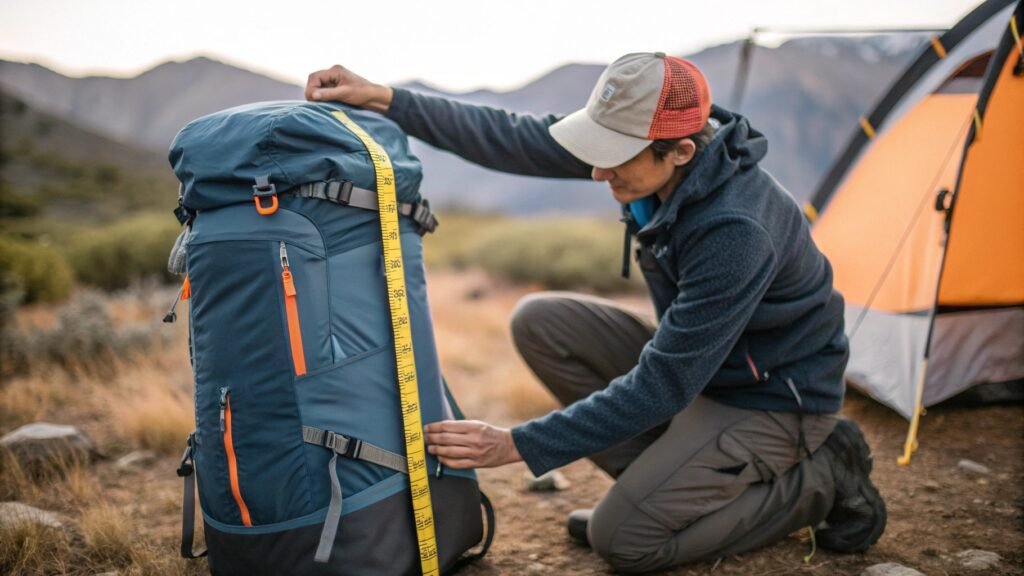

Backpack volume measurement might seem simple, but it’s crucial for understanding how to choose or create the right product for specific needs. The right volume can enhance user experience and meet specific demands.
Choosing the right backpack volume can make or break a decision. In this guide, we'll dive deep into how to measure backpack volume accurately, discuss different methods, and explore its importance.
Understanding backpack volume measurement goes beyond basic math; it's about tailoring the backpack to various needs. Whether it's for daily commuting or long hiking trips, knowing how to measure volume accurately is vital.
Why Is Backpack Volume Important?
Backpack volume isn’t just about space—it affects comfort, usability, and overall satisfaction.
Volume determines how much gear a backpack can carry, but it’s also about how it fits into different use cases. From commuting1 to hiking, different activities require different volume ranges.
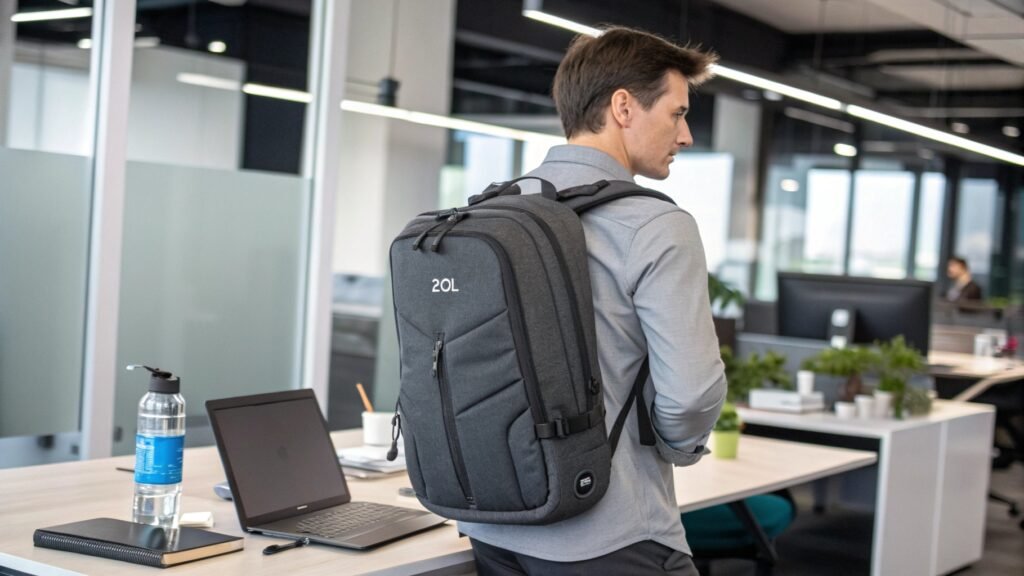

Key Differences in Volume Requirements
| Activity Type | Recommended Volume | Example |
|---|---|---|
| Commuting | 15-30L | A 20L backpack with a laptop compartment for office essentials. |
| Short Hiking Trips | 20-40L | A 30L backpack with hydration compatibility and trekking poles. |
| Long Hiking Trips | 50-70L | A 60L backpack with multiple compartments for food and gear. |
| Multi-day Travel | 60-80L | A 70L expandable backpack for clothes and travel essentials. |
For example, a commuter might only need enough space for a laptop, a water bottle, and a few notebooks, while someone on a weekend hike needs room for snacks, extra clothing, and navigation tools.
What Are the Different Ways to Measure Backpack Volume?
When it comes to measuring backpack volume, there isn’t a one-size-fits-all approach. Let’s explore the most common and effective methods.
Backpack volume measurement methods range from traditional formulas to more modern techniques like the ASTM F2153 standard2. Each has its pros and cons, which we’ll break down in this section.
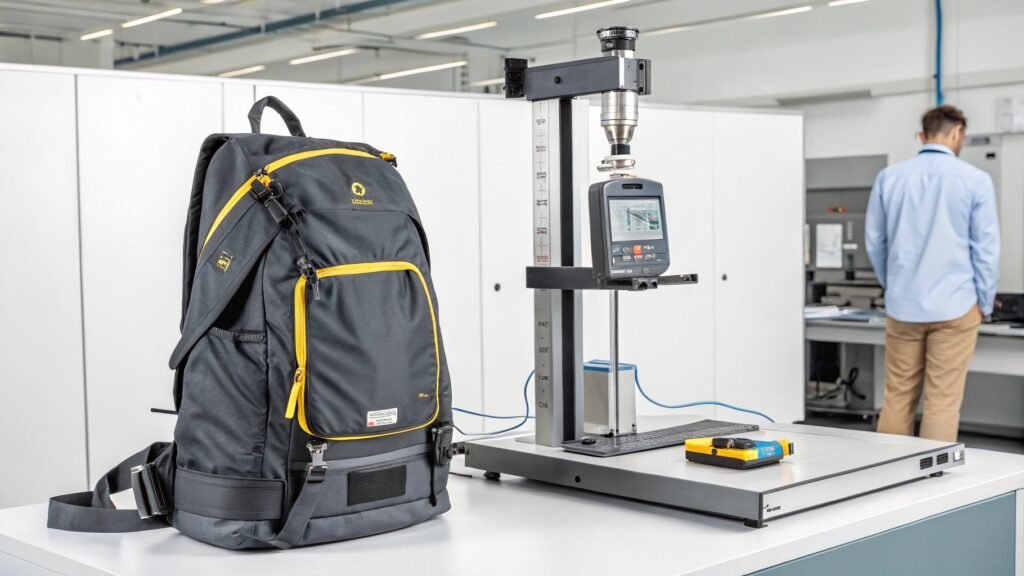

Comparison of Measurement Methods
| Method | Description | Pros | Cons |
|---|---|---|---|
| Geometric Formula | Uses length x width x height | Simple and quick | Inaccurate for irregular shapes |
| Fill Test3 | Fills the backpack with objects | Captures real capacity | Time-consuming |
| ASTM F2153 Standard | Standardized fill test procedure | Consistent and precise | Requires specialized equipment |
For instance, using the geometric formula may work well for rectangular luggage bags, but backpacks with curved tops or tapered sides often yield inaccurate results. In such cases, a fill test using small plastic beads provides a more realistic measurement of the bag’s actual usable volume.
How Can You Use Liters as a Standard Unit for Measuring Backpack Volume?
Liters have become the industry standard for measuring backpack volume. But why is this unit preferred over others?
Liters provide a standardized and easy-to-understand unit for volume4. By converting cubic centimeters or inches into liters, users can quickly compare backpacks of different designs, regardless of shape.
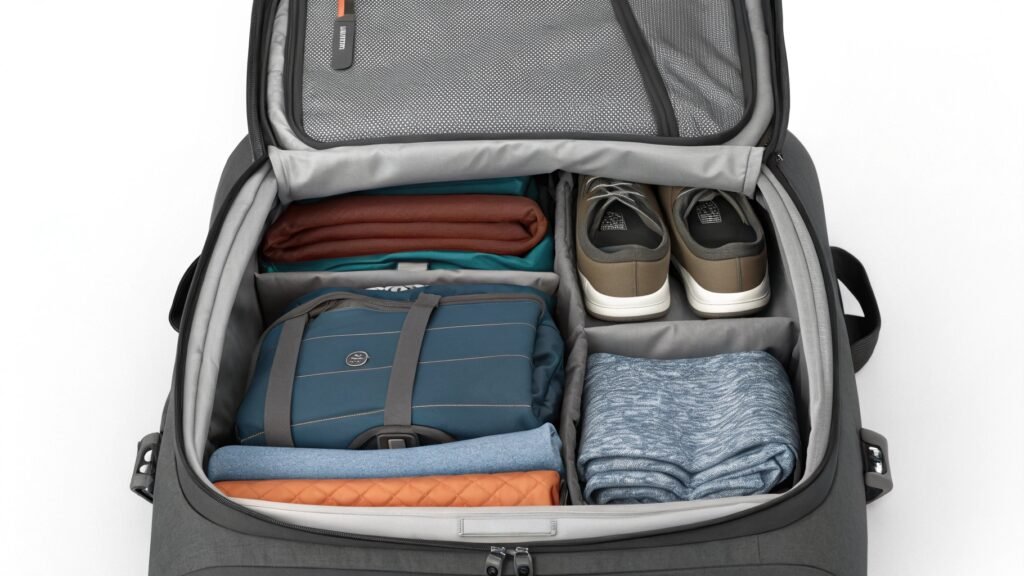

Advantages of Liters as a Unit
| Feature | Benefit | Example |
|---|---|---|
| Universal Standard | Simplifies comparisons across designs | Comparing a 25L daypack to a 50L hiking pack. |
| Practical Measurement | Reflects usable interior space | 30L bag can fit clothes for a weekend trip. |
| Alignment with Norms | Helps users set accurate expectations | Globally recognized measurement standard. |
For example, a 40L hiking backpack might sound suitable, but if it’s filled with poorly organized compartments, it might not hold as much as a 30L bag with better design.
How Do Backpack Compartments and Design Impact Volume Measurement?
Backpack design isn’t just about aesthetics—it has a direct impact on how much gear the bag can hold.
The compartments5, zippers, and organizational elements of a backpack can make a significant difference in how usable its volume is. A well-organized 30L backpack can carry more than a poorly organized 50L bag.
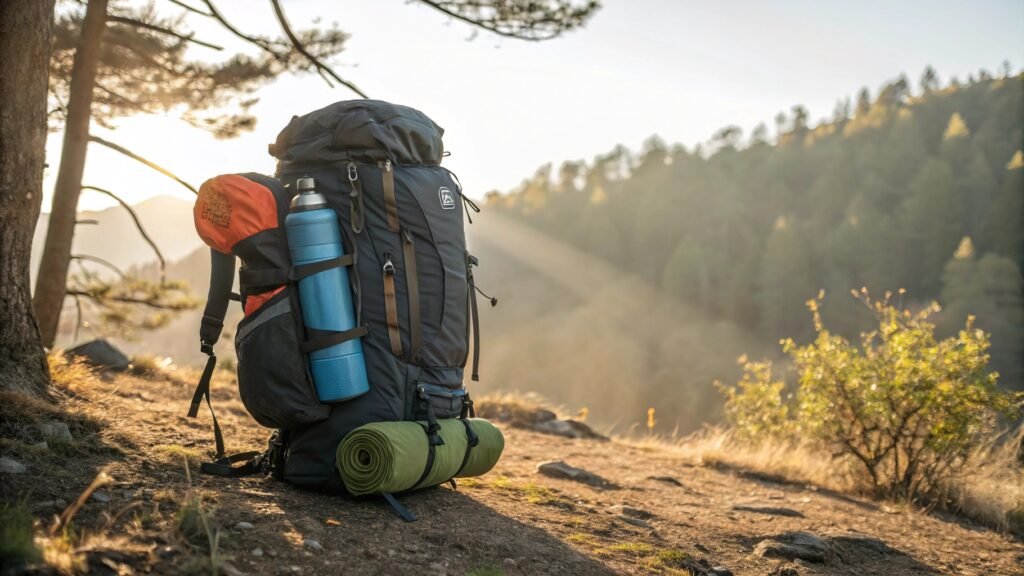

Impact of Compartments on Volume Usability
| Design Element | Effect on Volume | Example |
|---|---|---|
| Multiple Compartments | Limits single-item capacity | A bag with dividers for laptops and tablets. |
| Rigid Materials | Reduces flexible packing possibilities | Thickly padded compartments reduce space. |
| Expandable Sections | Increases dynamic usability | Expandable zippers for extra clothes. |
For instance, a school backpack with multiple compartments may only have 70% of its total volume usable for larger items like books or folders. On the other hand, a minimalist travel bag without excessive padding can fully utilize its advertised capacity.
How Can You Accurately Measure Volume for Custom Backpack Orders?
When it comes to custom backpacks, measuring volume becomes more nuanced. Tailoring the volume to meet specific needs requires precision.
For custom orders, accurately measuring volume is crucial. Whether it’s for specific use cases or personalized designs, understanding how to measure volume in a way that fits the user’s needs is essential.
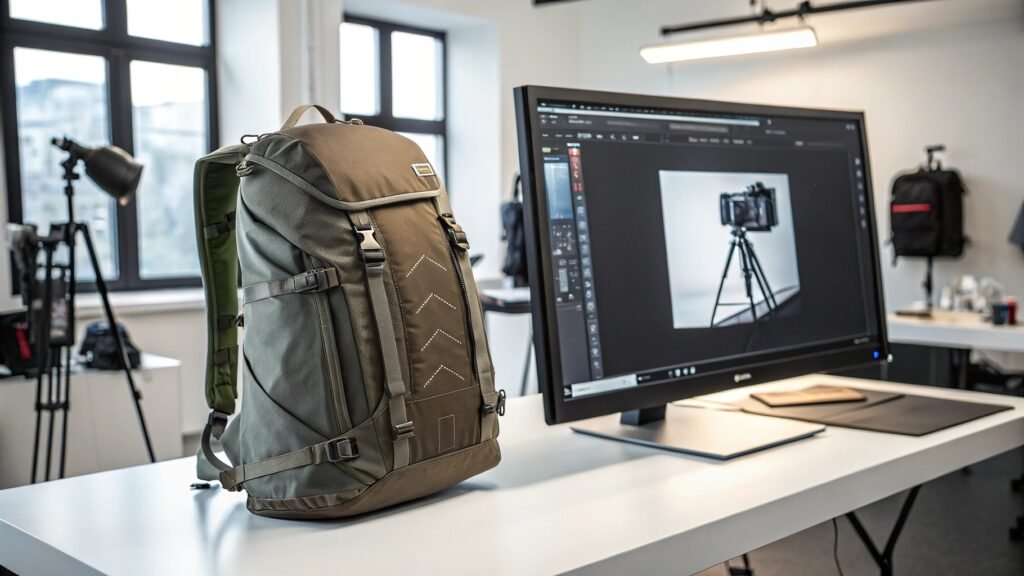

Tools and Methods for Custom Measurements
| Tool/Method | Purpose | Example Usage |
|---|---|---|
| 3D Scanning6 | Captures irregular shapes precisely | Creating ergonomic hiking backpacks. |
| CAD Software7 | Simulates volume and compartment fit | Pre-production adjustments for laptop bags. |
| Standardized Fill | Ensures consistency in measurements | Comparing prototypes of travel backpacks. |
For example, a backpack designed for photographers might require precise compartments for cameras and lenses. Measuring the volume of each section and ensuring adequate padding without wasting space becomes essential. Using CAD software or 3D scanning tools ensures that the backpack is both functional and accurately sized.
Conclusion
Accurately measuring backpack volume ensures the product meets specific needs, offering both functionality and comfort. Understanding different measurement methods and the impact of design helps make better decisions for creating or selecting the perfect backpack.
-
Explains the essentials that make a commuter backpack effective, from size to compartments. ↩
-
Explore the ASTM F2153 Standard to understand the most precise and consistent method for measuring backpack volume, essential for manufacturers and serious outdoor enthusiasts. ↩
-
Discover how a fill test can provide a realistic measurement of a backpack's actual usable volume, crucial for selecting the right backpack for your needs. ↩
-
Understanding why liters are the preferred unit can help you make better choices when selecting a backpack, ensuring you get the right size for your needs. ↩
-
Explains how compartments influence the usable space within a backpack, even if the overall volume is larger. ↩
-
Explore how 3D scanning technology enhances precision in custom backpack designs, ensuring a perfect fit for unique shapes and needs. ↩
-
Describes how CAD software assists in the design process, ensuring optimal volume and fit for custom backpacks. ↩

